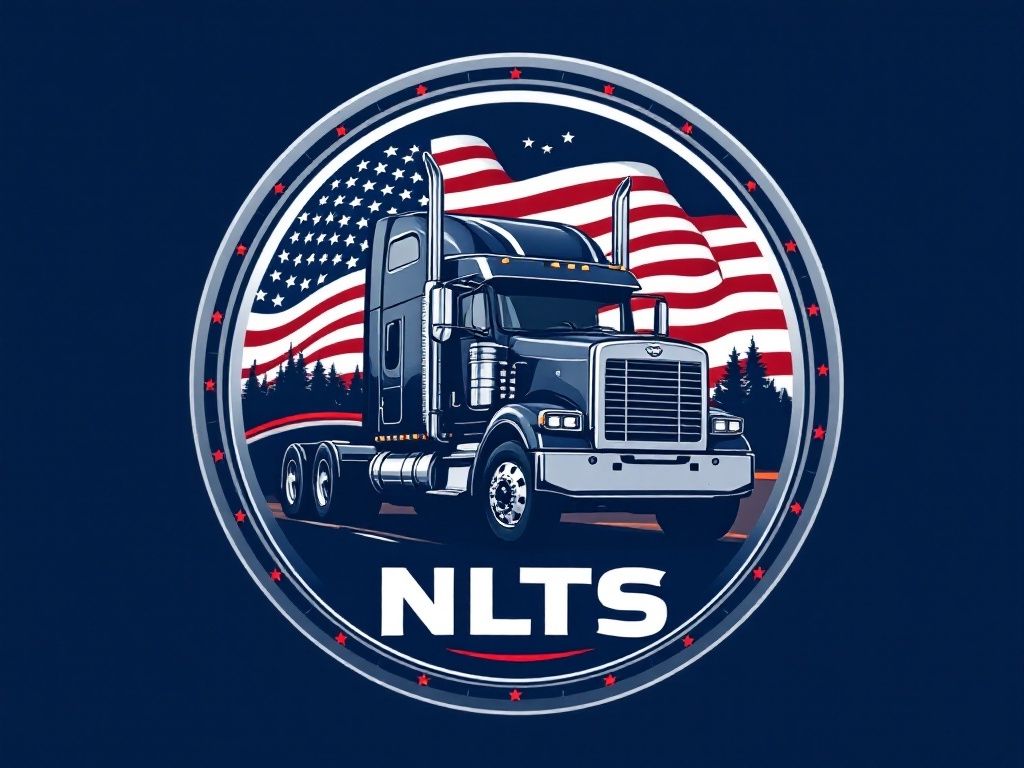Navigating Trucking Insurance in the Southeast: What You Need to Know
Understanding the Basics of Trucking Insurance
Trucking insurance is a specialized form of coverage designed to protect truck drivers and trucking companies from a wide array of risks. In the Southeast, where trucking plays a pivotal role in the economy, understanding the nuances of trucking insurance is essential. This type of insurance typically covers liabilities, physical damage, and cargo, each catering to different aspects of the trucking business.
Liability insurance is mandatory and covers damages caused by your truck in an accident. On the other hand, physical damage coverage protects your vehicle from damages due to accidents, theft, or vandalism. Cargo insurance, meanwhile, safeguards the goods you transport against loss or damage.

Factors Affecting Trucking Insurance Rates
Several factors influence the cost of trucking insurance in the Southeast. These include the type of cargo being transported, the routes taken, and the driving history of the truck operator. Insurers assess these variables to determine risk levels and set premium rates accordingly.
Insurance companies also consider the age and condition of your truck. Newer trucks equipped with advanced safety features might qualify for discounts, while older models may attract higher premiums due to increased risk of breakdowns and accidents.

The Importance of Compliance and Safety
Compliance with federal and state regulations is crucial in maintaining affordable insurance rates. The Southeast has specific regulations concerning weight limits, cargo restrictions, and driver qualifications that must be adhered to. Non-compliance can not only lead to fines but may also result in higher insurance premiums.
Implementing robust safety programs can also positively impact insurance costs. Insurers often offer lower rates to companies that invest in driver training and maintain a good safety record, as this reduces the likelihood of accidents and claims.

Choosing the Right Insurance Provider
Selecting an insurance provider that understands the unique challenges of trucking in the Southeast is vital. Look for insurers with experience in this region who can offer tailored policies that fit your specific needs. It’s beneficial to compare quotes from multiple providers to ensure you receive competitive pricing while meeting your coverage requirements.
When evaluating providers, consider their reputation for customer service and claims handling. A provider who offers prompt and efficient service can make a significant difference when you need to file a claim.
Tips for Reducing Insurance Costs
There are several strategies trucking companies can employ to reduce insurance costs in the Southeast. Regularly maintaining your fleet to ensure all vehicles are in good working order can help prevent accidents and claims. Additionally, investing in technology such as GPS tracking and dash cams can provide valuable data that may lead to premium discounts.
Another effective strategy is increasing deductibles, which can lower premium costs. However, it’s important to ensure that the deductible amount is manageable in case of a claim.

Conclusion
Navigating trucking insurance in the Southeast requires a clear understanding of coverage options, compliance with regulations, and a focus on safety. By choosing the right provider and implementing cost-saving measures, trucking companies can effectively manage their insurance costs while ensuring robust protection against potential risks.
Stay informed about changes in regulations and remain proactive in maintaining high safety standards to secure the best insurance rates and protect your business’s bottom line.
